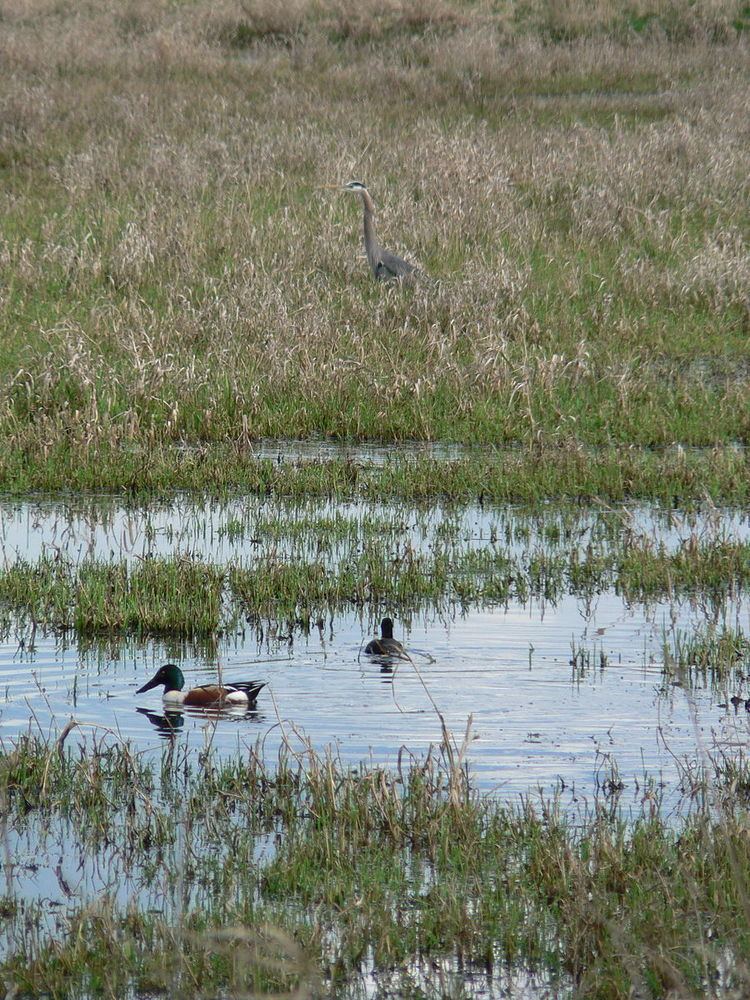Nearest city Vancouver, Washington Phone +1 360-887-4106 Number of visitors 165,000 | Area 21.16 km² Established 1965 | |
 | ||
Location Clark County, Washington, United States Governing body United States Fish and Wildlife Service Website Ridgefield National Wildlife Refuge Address 1071 S Hillhurst Rd, Ridgefield, WA 98642, USA Hours Closed now Wednesday7AM–6PMThursday7AM–6PMFriday7AM–6PMSaturday7AM–6PMSunday7AM–6PMMonday7AM–6PMTuesday7AM–6PMSuggest an edit Management United States Fish and Wildlife Service | ||
Ridgefield national wildlife refuge washington
Ridgefield National Wildlife Refuge is a wildlife preserve, one of the national wildlife refuges operated by the United States Fish and Wildlife Service, located in the westernmost part of Clark County, Washington. The refuge protects more than 5,200 acres (2,100 ha) of marshes, grasslands, and woodlands. The refuge was established (along with 3 other refuges in the Willamette Valley of Oregon) in 1965, in response to a need to establish vital winter habitat for wintering waterfowl with an emphasis on the dusky Canada goose whose nesting areas in Alaska were severely impacted by the violent earthquake of 1964.
Contents
- Ridgefield national wildlife refuge washington
- Documentary film trailer for the ridgefield national wildlife refuge
- Refuge units and activitiesEdit
- WildlifeEdit
- References
Ridgefield NWR is part of the Ridgefield National Wildlife Refuge Complex, headquartered in Ridgefield, Washington, which oversees the management of four refuges in the southwestern part of the state: Ridgefield, and three refuges in the Columbia River Gorge: Franz Lake, Pierce, and Steigerwald Lake.
Documentary film trailer for the ridgefield national wildlife refuge
Refuge units and activitiesEdit
Preservation of the natural Columbia River floodplain is the management objective of the Carty, 2 mile (3 km) self-guided hiking trail, Roth and Ridgeport Dairy units. The River 'S', 4.2 mile (7 km) auto tour route and 1.2 mile (2 km) seasonal hiking trail, and Bachelor Island units are managed to maximize habitat for waterfowl and other wetland wildlife.
WildlifeEdit
Stately sandhill cranes, shorebirds, and a great variety of songbirds stop at the refuge during spring and fall migrations. Some bird species such as mallards, great blue herons, and red-tailed hawks are year-round residents that nest on the refuge. Black-tailed deer and cougars are the largest mammals on the refuge. Smaller mammal species such as coyote, raccoon, skunk, bobcat, beaver, mink, river otter, and brush rabbits are occasionally seen.
